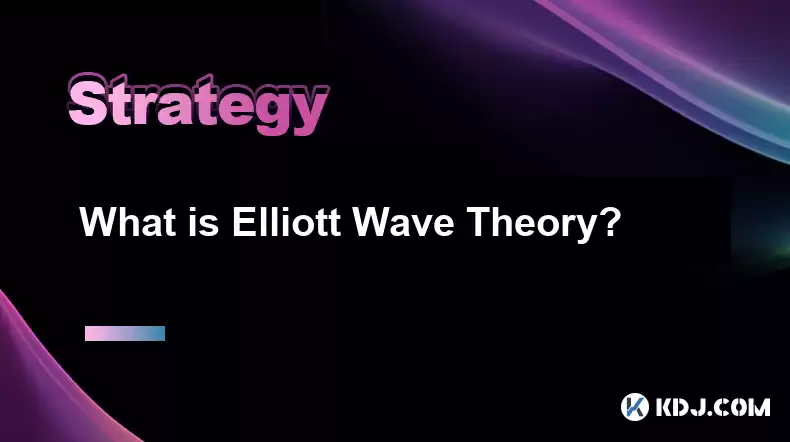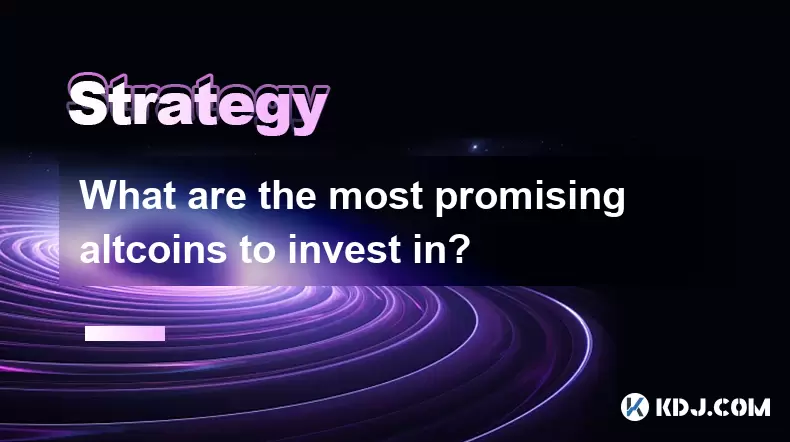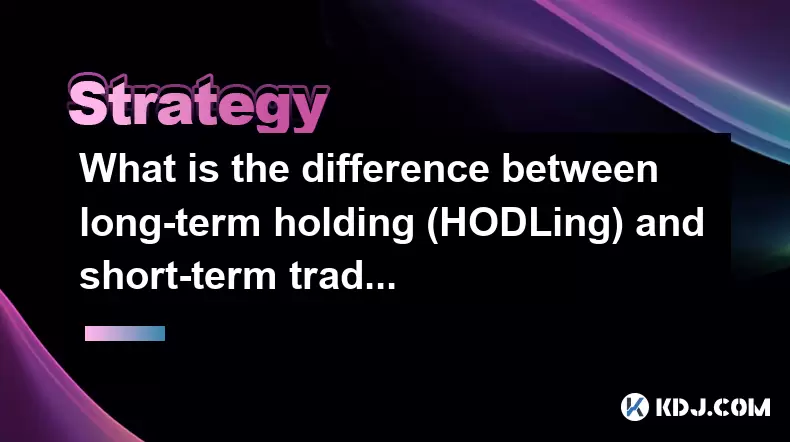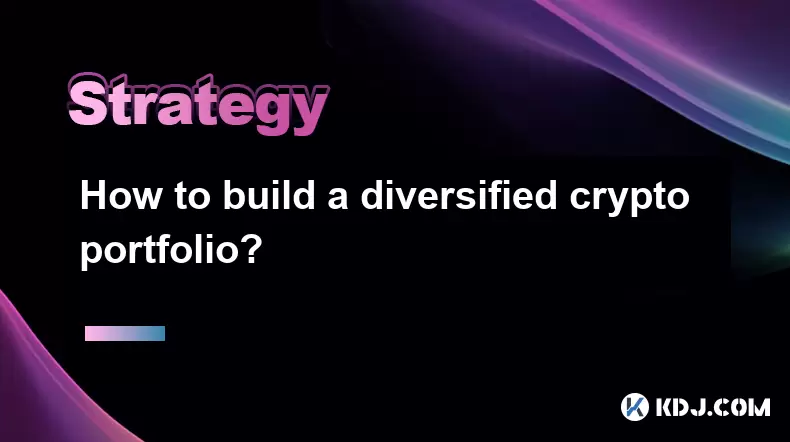-
 Bitcoin
Bitcoin $118900
-2.66% -
 Ethereum
Ethereum $4299
-0.03% -
 XRP
XRP $3.146
-3.85% -
 Tether USDt
Tether USDt $1.000
0.02% -
 BNB
BNB $808.4
-1.56% -
 Solana
Solana $174.9
-5.25% -
 USDC
USDC $0.9999
0.01% -
 Dogecoin
Dogecoin $0.2238
-6.06% -
 TRON
TRON $0.3478
2.15% -
 Cardano
Cardano $0.7812
-4.99% -
 Chainlink
Chainlink $21.52
-3.27% -
 Hyperliquid
Hyperliquid $43.17
-7.07% -
 Stellar
Stellar $0.4371
-3.82% -
 Sui
Sui $3.672
-6.55% -
 Bitcoin Cash
Bitcoin Cash $593.8
2.88% -
 Hedera
Hedera $0.2468
-7.18% -
 Ethena USDe
Ethena USDe $1.001
0.02% -
 Avalanche
Avalanche $23.02
-6.25% -
 Litecoin
Litecoin $119.5
-3.72% -
 Toncoin
Toncoin $3.423
0.51% -
 UNUS SED LEO
UNUS SED LEO $9.020
-1.06% -
 Shiba Inu
Shiba Inu $0.00001298
-5.49% -
 Uniswap
Uniswap $11.22
0.76% -
 Polkadot
Polkadot $3.897
-5.33% -
 Cronos
Cronos $0.1672
-2.70% -
 Dai
Dai $1.000
0.02% -
 Ethena
Ethena $0.7925
-5.47% -
 Bitget Token
Bitget Token $4.410
-1.92% -
 Monero
Monero $260.1
-4.80% -
 Pepe
Pepe $0.00001127
-7.77%
What is Elliott Wave Theory?
Elliott Wave Theory helps identify market turning points by analyzing repetitive wave patterns in price movements that adhere to Fibonacci ratios.
Feb 24, 2025 at 10:36 pm

Key Points of Elliott Wave Theory:
- Delineates market cycles by identifying distinct patterns in price movements.
- Assumes that price action exhibits a repeating sequence of waves.
- Provides insights into potential turning points and future price trajectories.
Introduction to Elliott Wave Theory
Elliott Wave Theory is a technical analysis approach developed by Ralph Nelson Elliott in the 1930s. It is founded on the belief that market prices move in repetitive wave patterns, revealing underlying market sentiment and behavior.
Principles of Elliott Wave Theory
- Wave Counts: The theory divides price action into waves, with each wave representing a specific phase of a market cycle.
- Fibonacci Ratios: Elliott identified certain Fibonacci ratios that often appear in the lengths and time frames of waves.
- Five-Wave Sequence: A complete market cycle consists of five upward (impulse) waves and three downward (corrective) waves.
- Wave Alternation: Impulse waves move in the direction of the overall trend, while corrective waves move in the opposite direction.
- Fractals: The wave pattern repeats itself at various scales, from short-term to long-term time frames.
Steps of Elliott Wave Analysis
- Identify the Market Trend: Determine the overall direction of the market using technical indicators or other analysis techniques.
- Count Waves: Subdivide the price action into impulse and corrective waves based on their characteristics (length, momentum, shape).
- Apply Fibonacci Ratios: Look for Fibonacci ratios in the wave lengths and time frames to confirm the wave count and potential levels of support and resistance.
- Analyze Interwave Relationships: Study the interactions between waves to understand how they relate to each other and the overall market sentiment.
- Predict Future Trends: Use the wave patterns and Fibonacci levels to anticipate potential turning points and price targets.
Example Application of Elliott Wave Theory
Consider a stock price chart that shows a clear upward trend. The analyst identifies a series of five impulsive waves (labeled 1-5), each followed by a corrective wave (labeled A-C). The price reaches a peak at the end of wave 5, signaling a reversal.
- Using Fibonacci ratios, the analyst calculates potential support levels at the 61.8% and 50% retracement of wave 5.
- Wave A corrects the gain of wave 5, retracing part of the upward move.
- Wave B rallies slightly, but fails to break the previous high of wave 5.
- Wave C completes the corrective sequence, falling below the low of wave A.
FAQs Related to Elliott Wave Theory
Q: How accurate is Elliott Wave Theory?
A: The accuracy of Elliott Wave Theory can vary depending on market conditions. While it can provide valuable insights, it is not 100% accurate and should not be used as the sole basis for investment decisions.
Q: Can Elliott Wave Theory be applied to any market?
A: Yes, Elliott Wave Theory can be applied to various financial markets, including stocks, commodities, and cryptocurrencies.
Q: What are the limitations of Elliott Wave Theory?
A: Limitations include wave subjectivity, difficulty in real-time analysis, and potential false signals when market conditions deviate from the theory's assumptions.
Q: How can I learn more about Elliott Wave Theory?
A: Study books, articles, and webinars on the subject. Practice identifying waves and applying the theory in various market conditions to develop your skills and understanding.
Disclaimer:info@kdj.com
The information provided is not trading advice. kdj.com does not assume any responsibility for any investments made based on the information provided in this article. Cryptocurrencies are highly volatile and it is highly recommended that you invest with caution after thorough research!
If you believe that the content used on this website infringes your copyright, please contact us immediately (info@kdj.com) and we will delete it promptly.
- Bitcoin, CPI, and Market Fears: Navigating the Crypto Landscape
- 2025-08-12 15:10:13
- BTC Traders Eye ETH Targets as CPI Looms: A New York Minute
- 2025-08-12 15:10:13
- Ethereum, Cold Wallets, and Presales: What's Hot Now?
- 2025-08-12 15:30:12
- Bitcoin, XRP, and Monetary Alternatives: Navigating the Crypto Landscape in 2025
- 2025-08-12 15:30:12
- XRP Breakout Watch: Institutional Volume Signals Potential Surge
- 2025-08-12 15:35:19
- XRP, Market Cap, and Institutional Adoption: A New Era for Crypto?
- 2025-08-12 15:35:19
Related knowledge

How to use stop-loss orders to limit potential losses?
Aug 08,2025 at 02:01pm
Understanding Stop-Loss Orders in Cryptocurrency TradingA stop-loss order is a risk management tool used by traders to automatically sell a cryptocurr...

What are the most promising altcoins to invest in?
Aug 10,2025 at 11:42am
Understanding the Role of Private Keys in Cryptocurrency WalletsIn the world of cryptocurrency, private keys are the cornerstone of ownership and cont...

How to read cryptocurrency charts and use technical analysis?
Aug 08,2025 at 11:08am
Understanding the Basics of Cryptocurrency ChartsCryptocurrency charts are graphical representations of price movements over time. These charts are es...

What is the difference between long-term holding (HODLing) and short-term trading?
Aug 10,2025 at 05:30pm
Understanding HODLing in the Cryptocurrency SpaceThe term HODL originated from a typo in a 2013 Bitcoin forum post and has since become a widely accep...

How to do your own research (DYOR) before investing in a crypto project?
Aug 08,2025 at 09:07pm
Understanding the Core Principles of DYOR in CryptocurrencyEngaging in due diligence before investing in any cryptocurrency project is essential to mi...

How to build a diversified crypto portfolio?
Aug 09,2025 at 12:21pm
Understanding the Importance of Diversification in CryptoDiversification in the cryptocurrency space is a strategy used to reduce risk by spreading in...

How to use stop-loss orders to limit potential losses?
Aug 08,2025 at 02:01pm
Understanding Stop-Loss Orders in Cryptocurrency TradingA stop-loss order is a risk management tool used by traders to automatically sell a cryptocurr...

What are the most promising altcoins to invest in?
Aug 10,2025 at 11:42am
Understanding the Role of Private Keys in Cryptocurrency WalletsIn the world of cryptocurrency, private keys are the cornerstone of ownership and cont...

How to read cryptocurrency charts and use technical analysis?
Aug 08,2025 at 11:08am
Understanding the Basics of Cryptocurrency ChartsCryptocurrency charts are graphical representations of price movements over time. These charts are es...

What is the difference between long-term holding (HODLing) and short-term trading?
Aug 10,2025 at 05:30pm
Understanding HODLing in the Cryptocurrency SpaceThe term HODL originated from a typo in a 2013 Bitcoin forum post and has since become a widely accep...

How to do your own research (DYOR) before investing in a crypto project?
Aug 08,2025 at 09:07pm
Understanding the Core Principles of DYOR in CryptocurrencyEngaging in due diligence before investing in any cryptocurrency project is essential to mi...

How to build a diversified crypto portfolio?
Aug 09,2025 at 12:21pm
Understanding the Importance of Diversification in CryptoDiversification in the cryptocurrency space is a strategy used to reduce risk by spreading in...
See all articles

























































































